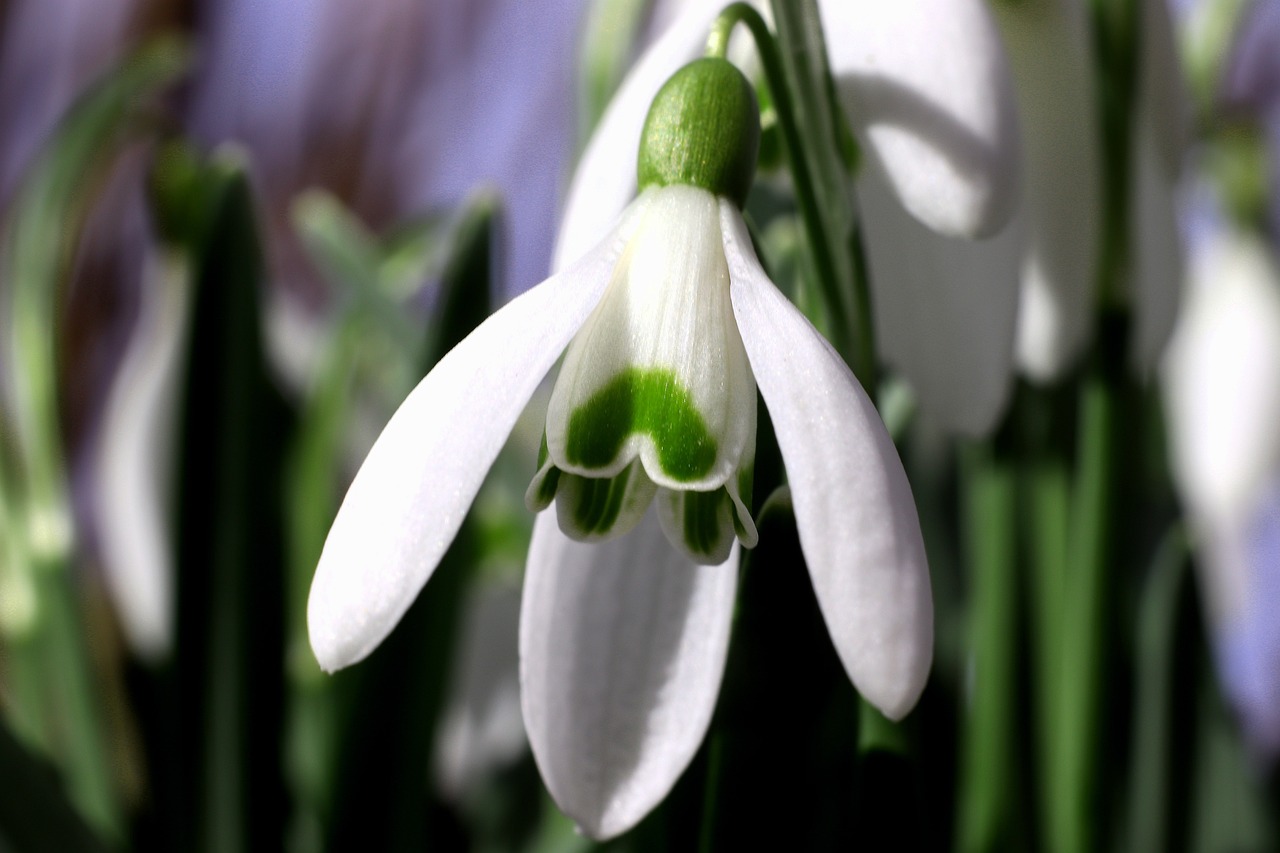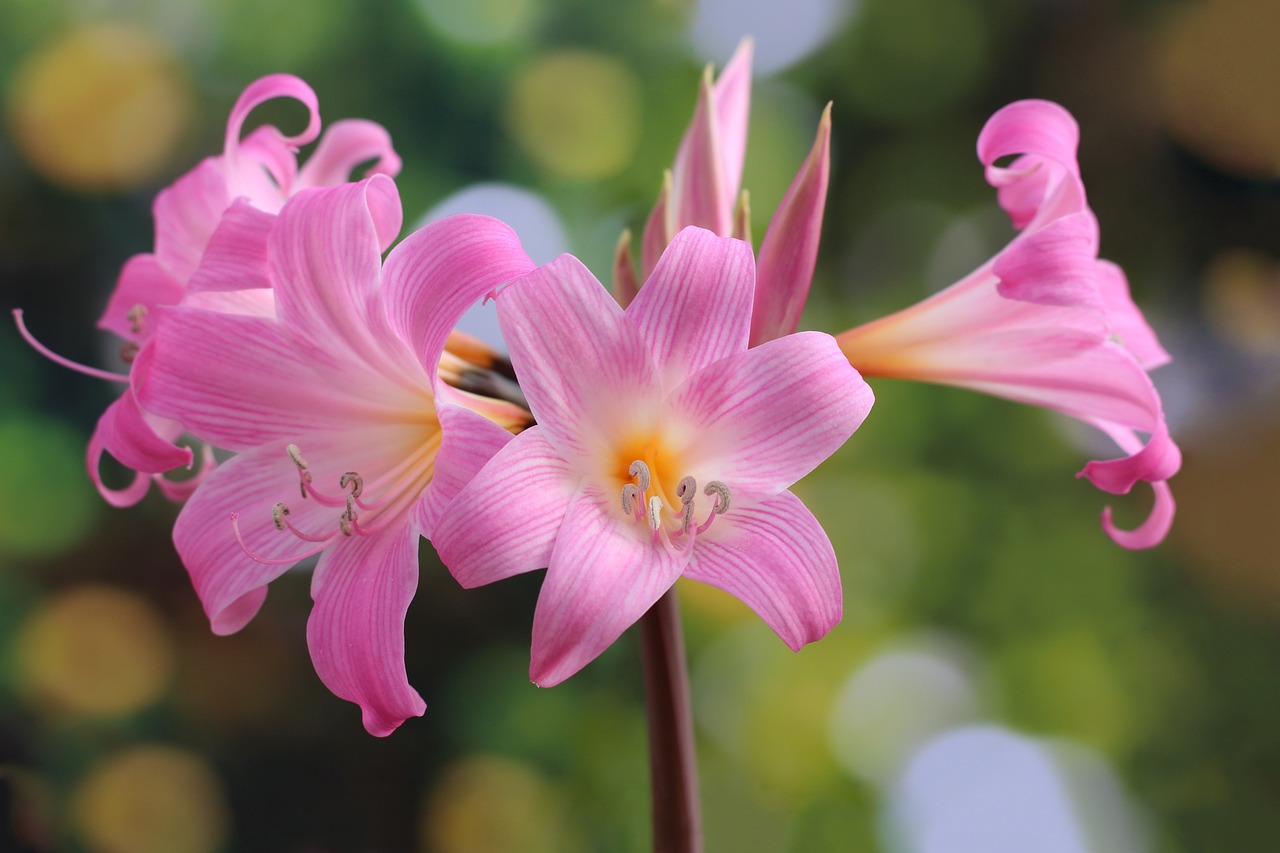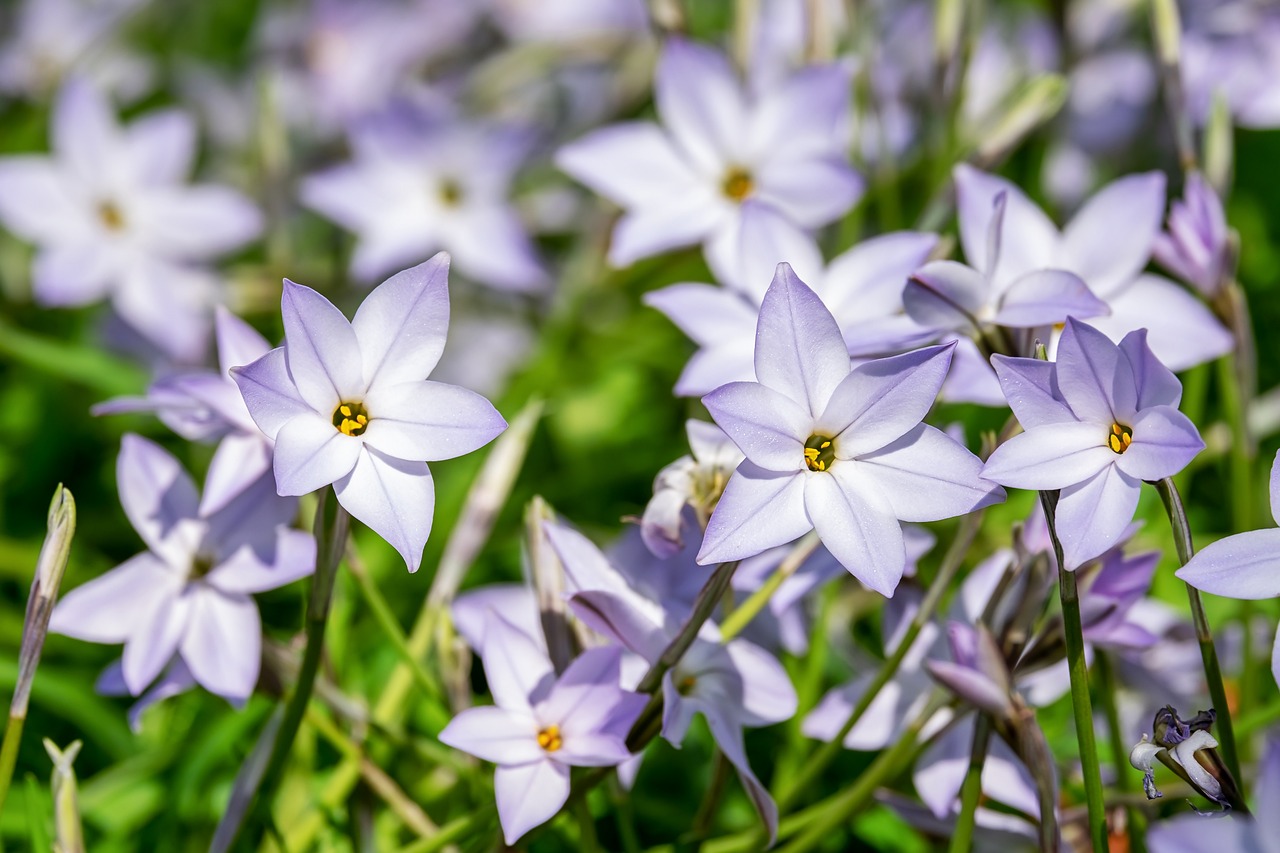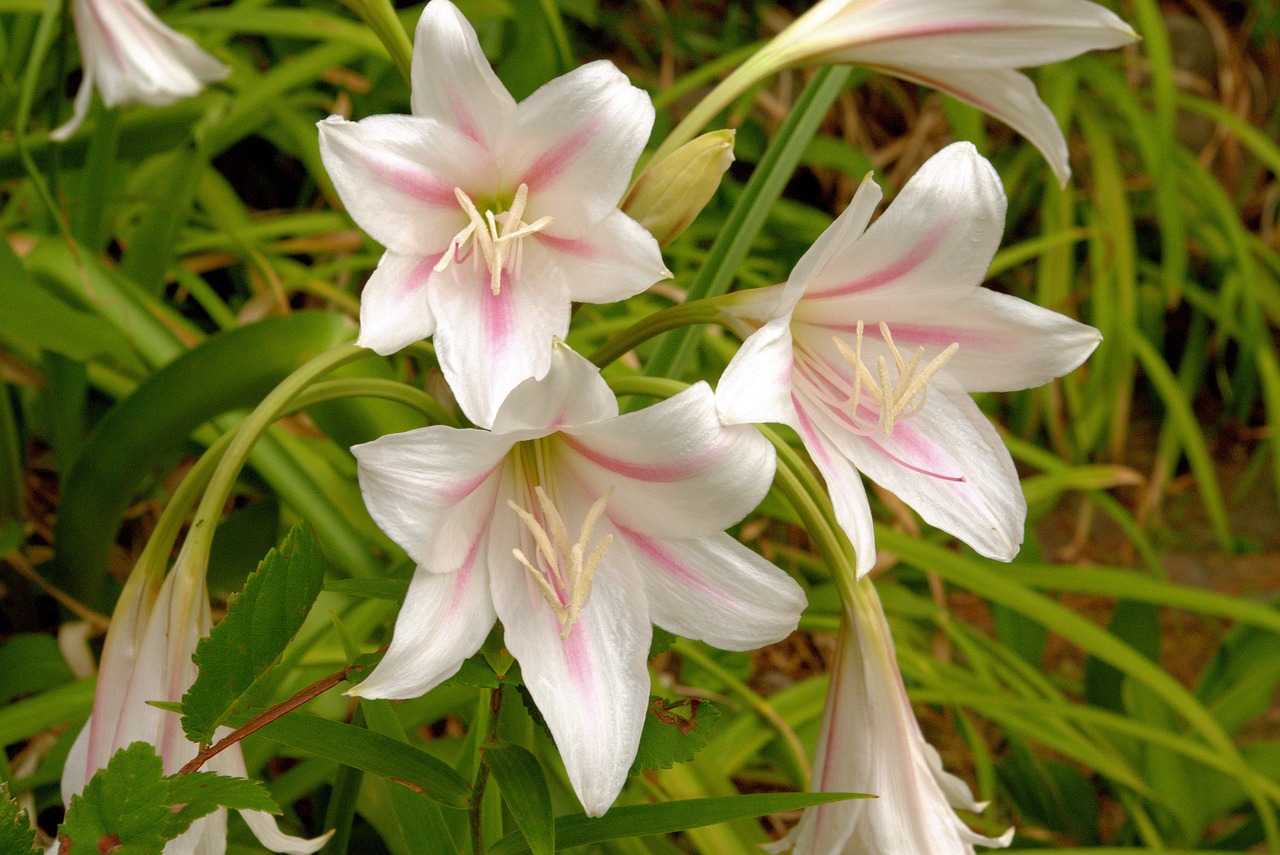Zephyranthes | A Delicate Flower That Announces the Rainy Season in Latin America
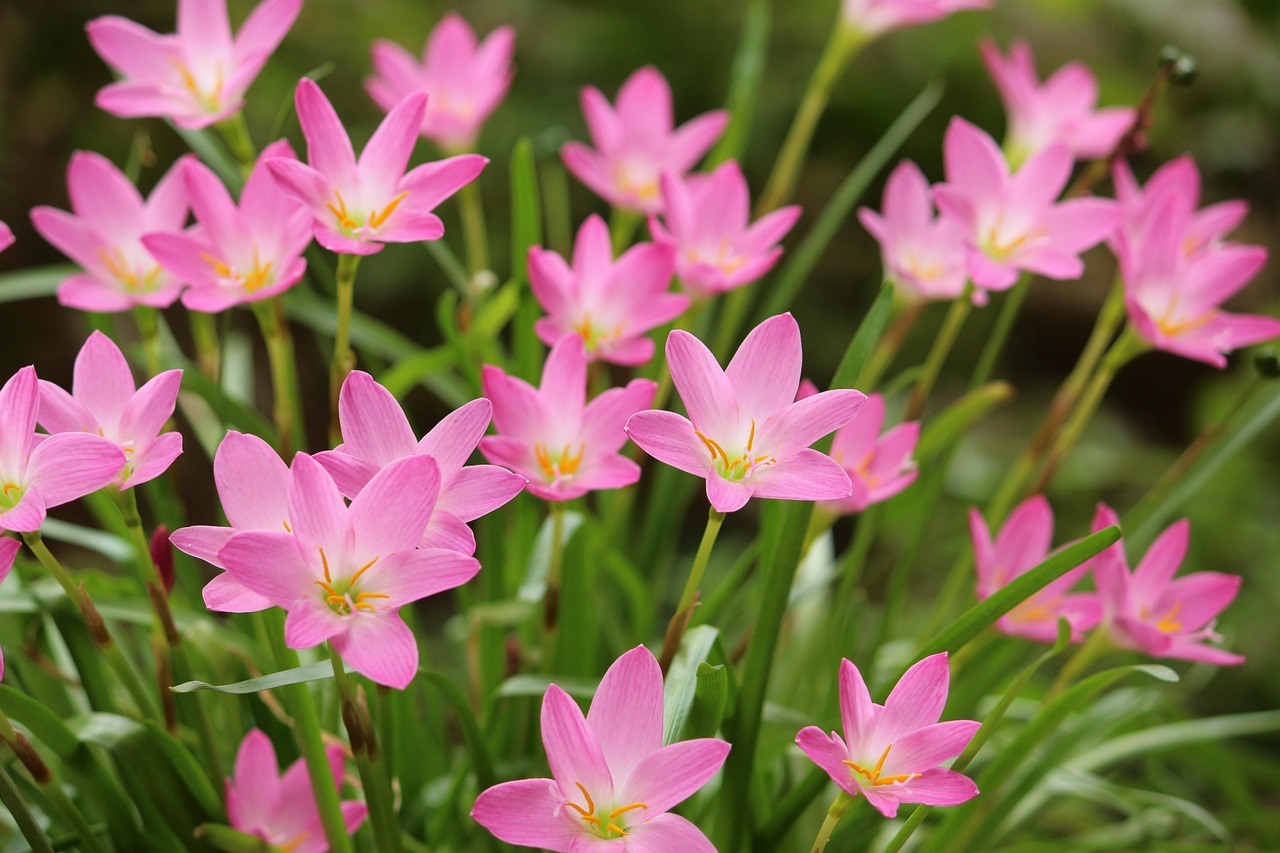
I introduce Zephyranthes, a perennial plant affectionately known as the “Rain Lily” because it blooms beautifully after rainfall. With its charming appearance and resilient nature, it is one of the easiest plants to grow, even for gardening beginners.
In this article, I will explain the basic information, cultural and historical background, and cultivation tips for Zephyranthes.
Basic Information
- Scientific name: Zephyranthes spp.
- Family: Amaryllidaceae
- Origin: North and South America, Caribbean region
- Appearance: Each slender flower stalk rises between long, narrow leaves, producing a single delicate bloom. Flower colors vary by species and include white, pink, and yellow.
- Blooming season: From early summer to autumn, often blooming after rainfall.
Cultural Significance Around the World
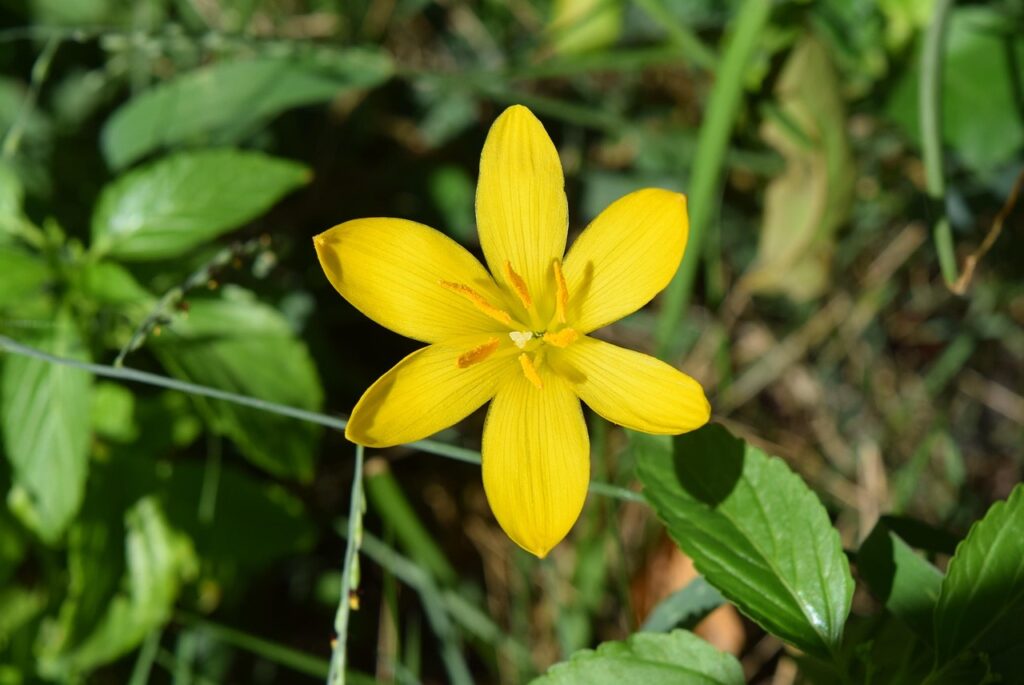
Zephyranthes, with its distinctive blooming cycle, has been cherished in many regions as a symbolic flower.
In Latin America, the blooming of Zephyranthes has traditionally been seen as a sign of the arrival of the rainy season, associated with good fortune for agriculture.
In Mexico and Brazil, the sight of the flowers blooming all at once after dry periods of drought evokes the sense of new life beginning.
In the southern United States, Zephyranthes is widely known as the “Rain Lily” and often planted in gardens as a flower symbolizing harmony with nature’s blessings. Its sudden bloom in dry climates represents miraculous beauty, long admired by many.
In Asia, Zephyranthes is also popular as an ornamental plant. In China and India, its pure and graceful flowers symbolize elegance and purity. White varieties in particular are considered auspicious and are sometimes used in gardens and temple decorations.
Historical Episodes
Zephyranthes was introduced to Europe in the 18th century and became valued as a garden plant for its cold resistance and adaptability.
In the 19th century, breeding advanced in Britain and France, making diverse flower colors available.
In the United States, from the late 19th to early 20th century, Zephyranthes were planted along railroads and in urban gardens, contributing to beautiful landscapes.
In arid regions, its unique trait of blooming suddenly after rainfall was especially appreciated, leading to its popularity as an ornamental flower.
Gardening Advice
Although Zephyranthes is hardy and easy to grow, there are several tips to ensure beautiful blooms:
Sunlight
Prefers sunny spots but can tolerate partial shade.
Watering
Water when the soil surface dries. During blooming, maintain moderate moisture to encourage flowering.
Soil
Choose well-drained soil. Loamy or sandy soil enriched with compost is suitable.
Fertilizer
Apply diluted liquid fertilizer about once a month during the growing season.
Cold resistance
In warm regions, it can be planted outdoors. In colder climates, it is safer to grow in pots and bring them indoors in winter.
Conclusion
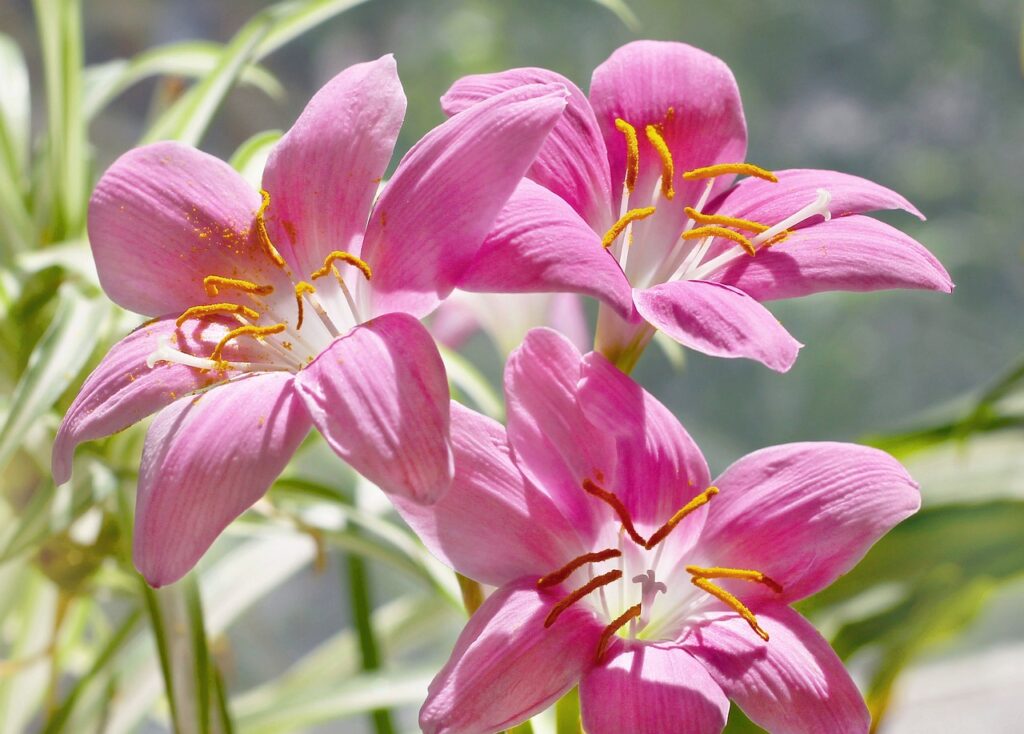
Zephyranthes, also called the “Rain Lily” for its delicate blooms after rainfall, has been cherished worldwide.
In Latin America, it is seen as a symbolic flower tied to agriculture; in the southern United States, it is loved as a flower that conveys the blessings of nature.
Since the 18th century, it has spread across Europe as a garden plant, with breeding producing a variety of colors.
Hardy and easy to care for, it can provide long-lasting beauty when grown in sunny, well-drained conditions.


